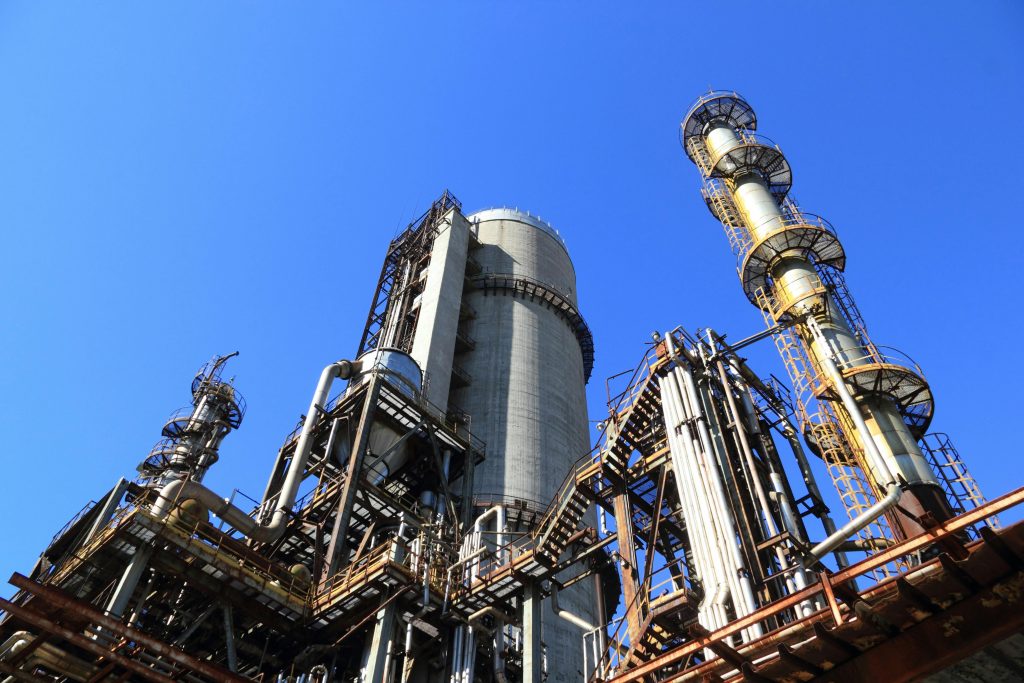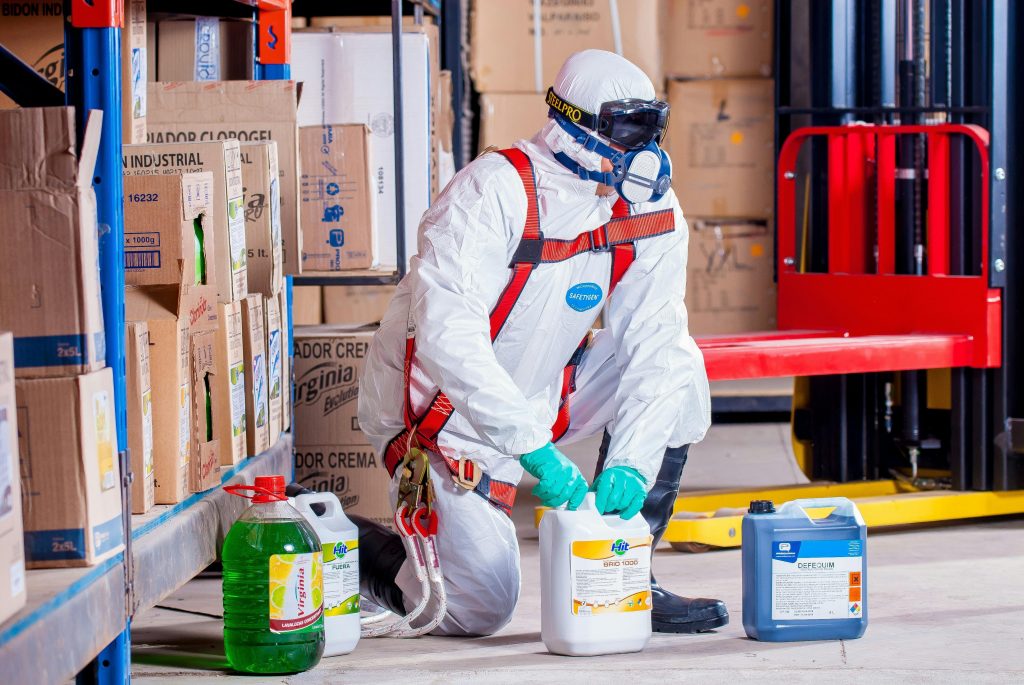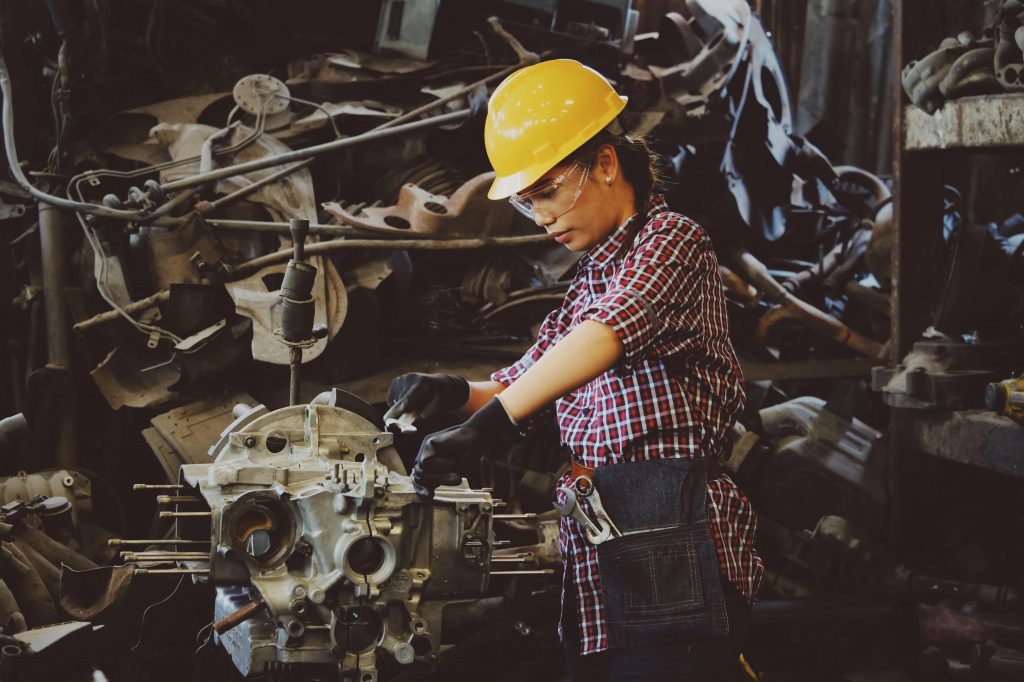
- Investing in high-quality, up-to-date equipment enhances safety and efficiency in industrial environments.
- Regular inspection and maintenance of machinery are crucial to identify and mitigate potential hazards.
- Conducting regular safety training sessions ensures employees are familiar with safety protocols and emergency procedures.
- Promoting a safety culture involves open communication, recognizing safe behavior, and continuously improving safety practices.
Safety should always be a top priority in any industrial setting. Whether you are a CEO, manager, or young professional working in an industrial environment, it is crucial to implement best practices to ensure the well-being of all employees. This blog will discuss essential safety practices that should be followed in all industrial settings to prevent accidents and injuries.
Invest in Quality Equipment
Investing in high-quality equipment is the first step in promoting safety in an industrial setting. This is especially important for heavy material-handling machinery, as these often cause workplace accidents. Choose equipment that is reliable, well-maintained, and up-to-date with safety standards.
For example, you can opt for a modern electric forklift with advanced safety features such as sensors and cameras. This will protect your employees and increase efficiency in your operations. You can rent a forklift if purchasing a new one is not feasible for your budget. Renting equipment is also better for smaller businesses that do not require heavy machinery on a regular basis.
Regularly Inspect Equipment
To prevent accidents caused by faulty equipment, it is essential to regularly inspect and maintain all machinery and tools used in the industrial setting. This includes checking for any signs of wear, repairing any issues promptly, and ensuring all safety guards are in place. By conducting routine equipment inspections, you can identify potential hazards before they cause harm to employees.
Conduct Regular Safety Training
One of the most effective ways to ensure safety in an industrial setting is by conducting regular safety training sessions for all employees. These training sessions should cover topics such as proper handling of equipment, emergency procedures, and the importance of personal protective equipment (PPE). By ensuring that all employees are well-trained in safety protocols, you can significantly reduce the risk of accidents and injuries.
Implement Safety Protocols
Another critical best practice for industrial settings is to implement strict safety protocols that must be followed by all employees. This should include the following four key elements:
Personal Protective Equipment (PPE)
Require all employees to don the right PPE, like safety glasses, steel-toed boots, and hard hats when working in potentially hazardous areas. Make sure to provide employees with the necessary PPE and ensure that it is regularly inspected for wear and tear.
Emergency Procedures
Establish clear emergency procedures for different situations, such as fires, chemical spills, or machinery malfunctions. Conduct regular drills so that all employees are familiar with the protocols and know how to respond in case of an emergency.
Accident Reporting
Encourage employees to report any accidents, no matter how minor they may seem. This will help identify potential hazards and prevent similar incidents from occurring in the future.
Safety Committees
Create safety committees made up of both management and employees to regularly review and improve safety protocols in the workplace. You can also involve employees in identifying potential hazards and implementing solutions to mitigate them.
By establishing clear guidelines for safety protocols, you can create a safer work environment for everyone. You should also regularly review and update these protocols to ensure they are effective and relevant.
Promote a Culture of Safety
Creating a culture of safety within your organization is critical to preventing accidents in an industrial setting. Encourage open communication between employees about safety concerns, recognize and reward safe behavior, and hold regular safety meetings to discuss ways to improve safety practices.
You can also look to leading companies and industries around the world for inspiration and guidance on safety practices. Many organizations have well-established safety programs and initiatives that can serve as examples for your own organization.
For example, Singapore’s manufacturing industry has low workplace accident rates due to its strict safety regulations and culture of continuous improvement. This serves as a testament to the effectiveness of implementing best safety practices. You can also seek out safety certifications and audits to ensure that your organization is upholding the highest safety standards.
Maintaining a safe industrial environment is not a one-time action but a continuous commitment. By investing in quality equipment, conducting regular equipment inspections, providing ongoing safety training, and implementing strict safety protocols, organizations can significantly reduce the risk of workplace accidents and injuries.
Furthermore, promoting a culture of safety, where employees are encouraged to communicate openly about safety concerns and participate in safety initiatives, is crucial. Every member of the organization, from the top executives to the newest employees, plays a vital role in fostering a safe working environment. By prioritizing safety, you protect your team, your assets, and your future.




